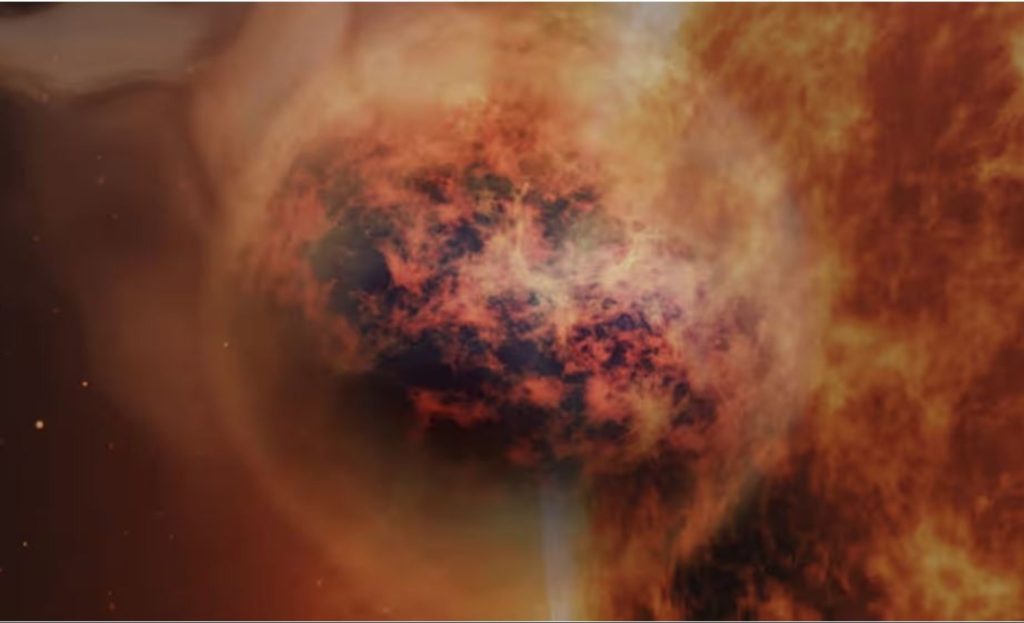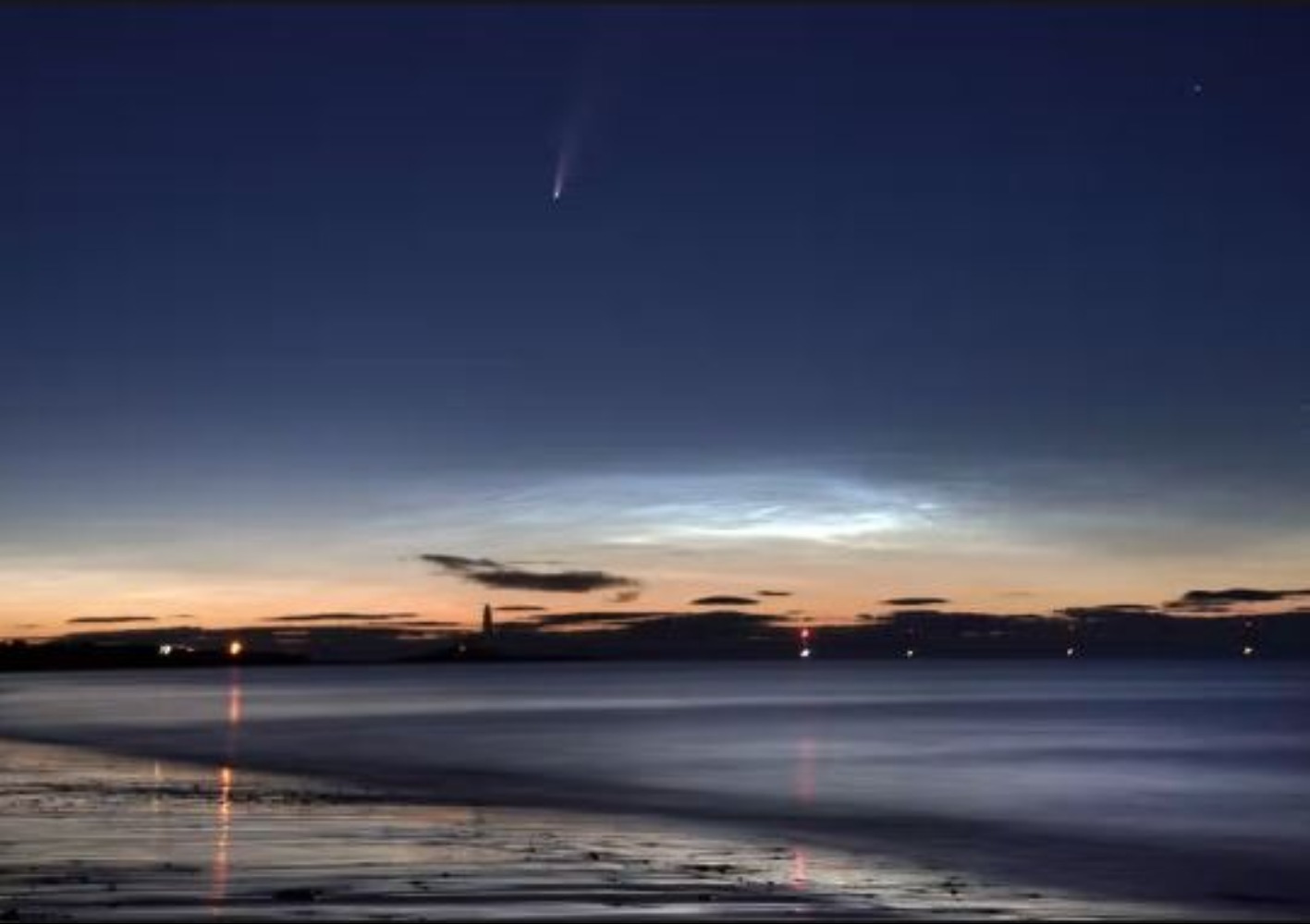Devanjana Mukherjee, Khabri Media
It reshapes our understanding of planetary formation and evolution, shedding new light on our own solar system thus prompting us to reconsider the diversity of planetary atmospheres.

Pic: Social Media
In a groundbreaking discovery, NASA’s James Webb Space Telescope has unveiled a distant exoplanet where the sky rains not water, but sand. This astonishing finding challenges our preconceived notions of planetary atmospheres and introduces us to an alien weather phenomenon that has captivated astronomers and space enthusiasts alike. To subscribe please click tau.id/2iy6f and access our live channel.
A new study has revealed strange details about an exoplanet, which apparently hosts sandy clouds high in its atmosphere. The observations from the James Webb Space Telescope (JWST) have been analysed carefully by a team of European astronomers to study the atmospheric composition of a nearby “fluffy” exoplanet, called WASP-107b.
DON’T MISS: First glimpse of solar flare: ISRO
In the peer-reviewed paper published in Nature on Wednesday (Nov 15), it is mentioned that the National Aeronautics and Space Administration (NASA) has shared details about the significant observations. As per the study, the team of researchers have found water vapour, sulfur dioxide and even silicate sand clouds residing within the exoplanet’s atmosphere.

This planet’s atmosphere functions similarly to Earth’s water cycle, but with sand instead of water. When silicate vapour rises from the hotter, lower levels of the atmosphere and cools, it forms microscopic grains of sand. Eventually, these sand clouds become dense enough to rain back down to the lower layers of the planet’s atmosphere.
READ: ISRO-NASA collaboration
MIRI looks at planets in infrared and has a spectrograph that splits light into its component colors. That allows scientists to analyze the light and find the tell-tale signs of certain gases and chemicals. WASP-107b’s fluffy nature made this much easier than on more dense exoplanets simply because the signals are more prominent in a less dense atmosphere.
According to lead author Dr. Michiel Min, a senior scientist at the Netherlands Institute for Space Research (SRON), “This is very similar to the water vapor and cloud cycle on Earth, but with droplets made of sand. Droplets evaporate in deeper, very hot layers and the resulting silicate vapor is efficiently moved back up, where they recondense to form silicate clouds once more.”
According to NASA, WASP-107b takes 5.7 days to complete one orbit of its star and is 0.055 AU from its star—5% of the distance between Earth and the sun. About two-thirds of all exoplanets discovered so far were found that way, though it only works for exoplanets in star systems that we have a side-on line of sight to from Earth.




